The Physics of Dark Matter and Dark Energy
Introduction
Dark Matter and Dark Energy are two of the most mysterious and intriguing concepts in modern physics. Despite their elusive nature, they are believed to constitute approximately 95% of the universe's total mass-energy content. This article delves into the physics of these phenomena, exploring their discovery, theoretical underpinnings, and the ongoing research aimed at understanding their nature.
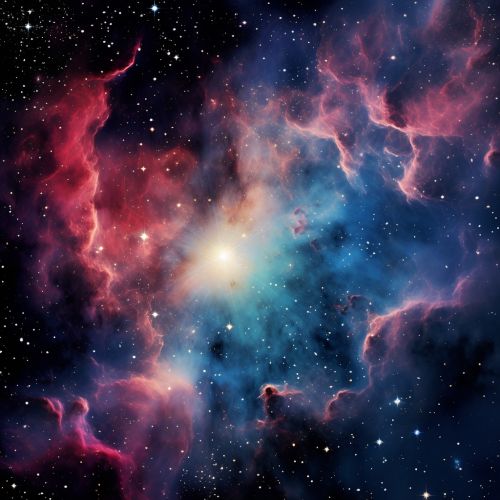

Discovery and Evidence
The existence of dark matter and dark energy was first postulated due to discrepancies between the calculated mass of large space objects, based on their gravitational effects, and their mass as 'measured' by observable matter. The term 'dark' refers to the fact that these substances do not emit or interact with electromagnetic radiation, such as light, making them invisible and detectable only through their gravitational effects.

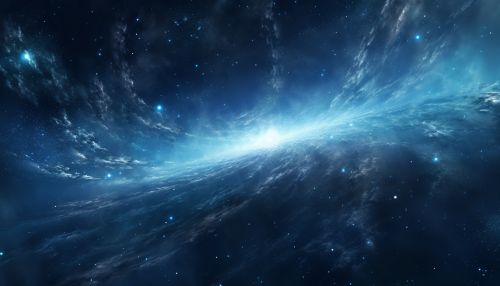
Dark Matter
The concept of dark matter was first introduced in the 1930s by Swiss astronomer Fritz Zwicky, who noticed that galaxies in the Coma Cluster were moving faster than expected. To explain this, he hypothesized the existence of unseen matter that added to the gravitational pull influencing the galaxies' movements. This unseen matter was later termed 'dark matter'.
Dark Energy
The concept of dark energy, on the other hand, was introduced much later, in the late 20th century. It was proposed as an explanation for the observed acceleration in the expansion of the universe. The term 'dark energy' was coined to describe this unknown form of energy that seemed to work against the gravitational pull of matter, causing the universe to expand at an accelerating rate.
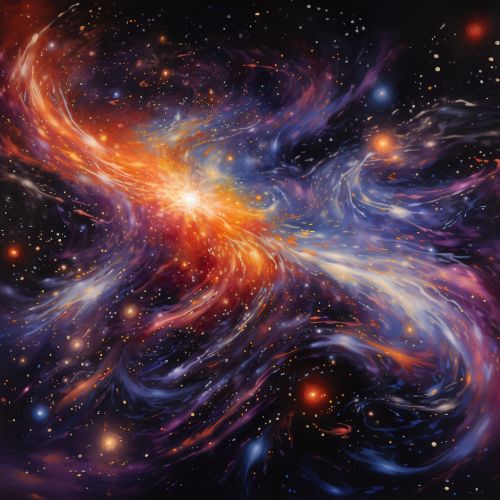
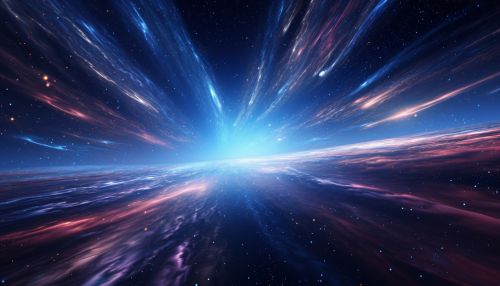
Theoretical Underpinnings
The theoretical underpinnings of dark matter and dark energy are deeply rooted in Einstein's general theory of relativity, quantum mechanics, and cosmology.
Dark Matter
Dark matter is hypothesized to be non-baryonic in nature, meaning it is not composed of baryons, the subatomic particles, such as protons and neutrons, that make up ordinary matter. Several theories suggest that dark matter is composed of undiscovered subatomic particles, with candidates including neutrinos, axions, and weakly interacting massive particles (WIMPs).
Dark Energy
The nature of dark energy is even more mysterious. One of the leading theories proposes that dark energy is a property of space itself, represented by the cosmological constant in Einstein's field equations of general relativity. Another theory suggests that dark energy is a new kind of dynamical energy field or fluid, which has been named quintessence.

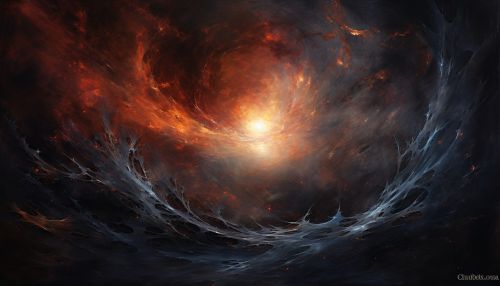
Ongoing Research
Despite the substantial evidence supporting the existence of dark matter and dark energy, their precise nature remains one of the biggest unsolved mysteries in physics. Numerous experiments are currently underway to detect dark matter particles directly and to gain a better understanding of dark energy.
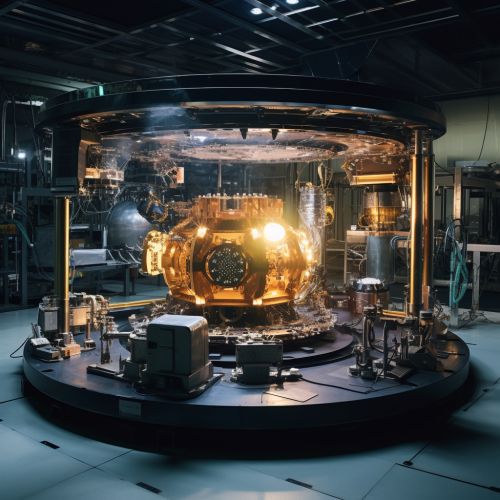
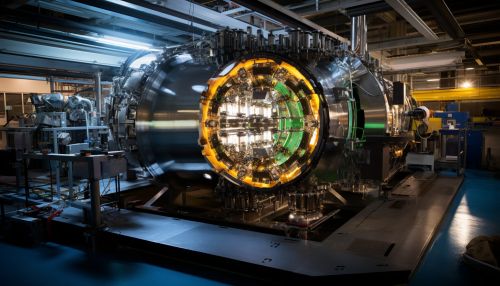
Conclusion
The physics of dark matter and dark energy is a fascinating and complex field, with many unanswered questions. As our understanding of the universe continues to grow, it is hoped that the mysteries surrounding these phenomena will eventually be solved, shedding light on the nature of the universe and our place within it.
